
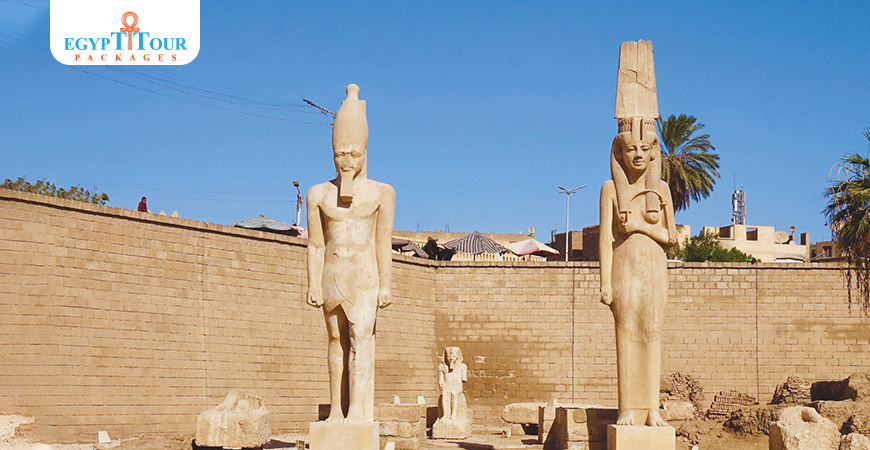
Akhmim
Akhmim is a city in the Sohag Governorate of Upper. It has historical importance throughout ancient times.
Akhmim
Akhmim is a city in the Sohag Governorate of Upper Egypt. Referred to by the ancient Greeks as Khemmis or Chemmis and Panopolis, it is located on the east bank of the Nile, 6.4 km to the northeast of Sohag (450 km from Cairo).
Throughout its history, the city of Akhmim in Egypt has had different names. The early Egyptians referred to it as Khent-Menu or Ipu, while the ancient Greeks called it Panopolis. This name was derived from the main god of the city, Min. The Coptics called the city Shmin or Khmin. Akhmim was an important center in ancient Egypt and served as the capital of the 9th Upper Egyptian Nome. However, during the Middle Ages, nearby villagers used the city's materials to construct their own villages, resulting in the loss of many monuments.
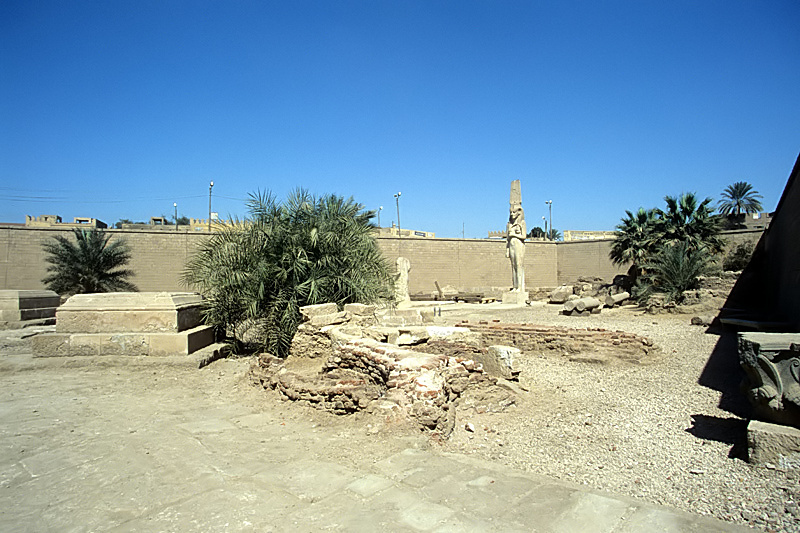
Akhmim ancient
Archaeologists discovered multiple statue fragments of Ramesses II while excavating. Additionally, they unearthed a magnificent colossal statue of the king's daughter, Meryetamun, showcasing a rich historical legacy. This statue has been reconstructed and now stands proudly in the heart of an open-air museum, situated several meters below the current ground level.

Meritamun
Meritamen (Beloved of Amun) was a daughter and later Great Royal Wife of Pharaoh Ramesses the Great.
Meritamen was a daughter of Ramesses II and one of his wives. She appears as the fourth daughter in the list of daughters in Abu Simbel and had at least four brothers: Amun-her-khepeshef, Pareherwenemef, Meryre and Meryatum.
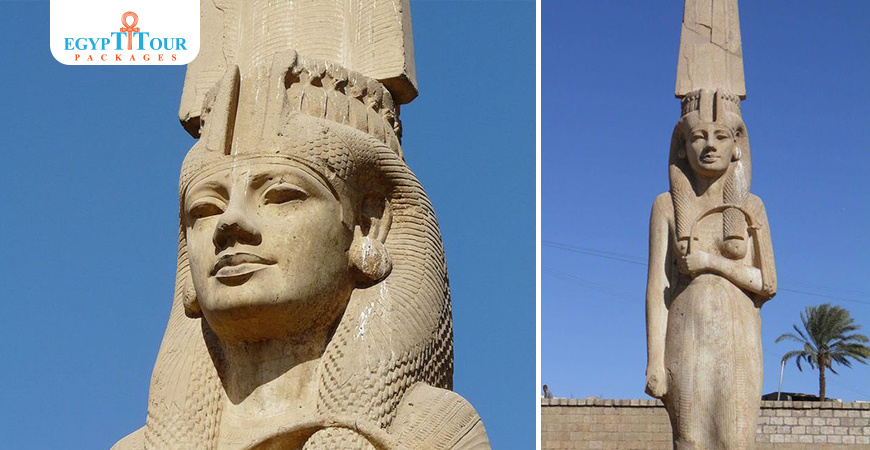
Meritamun statue

King Ramesses II
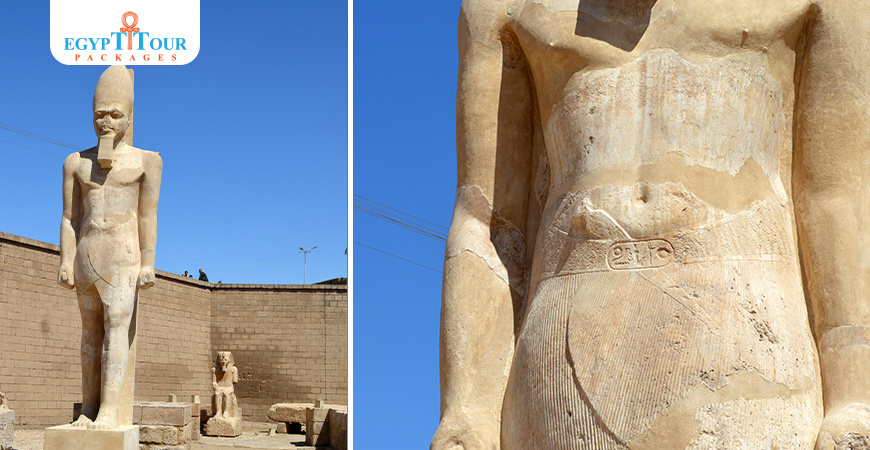
Ramesses II
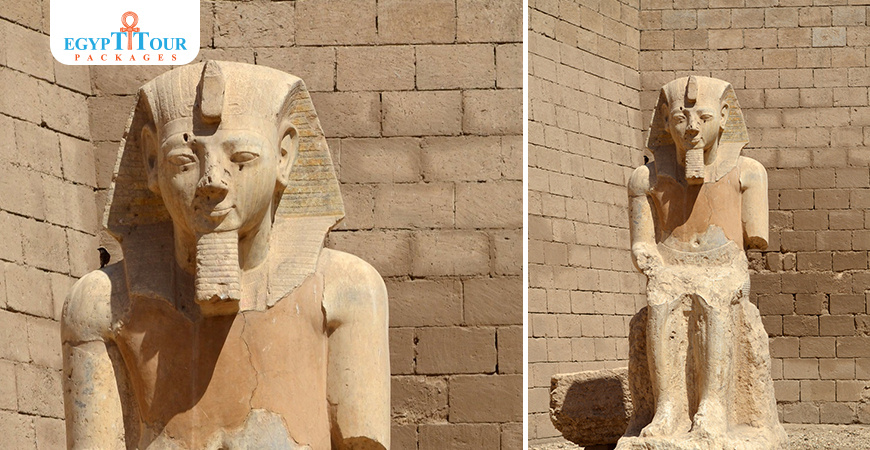
Greco-Roman statue
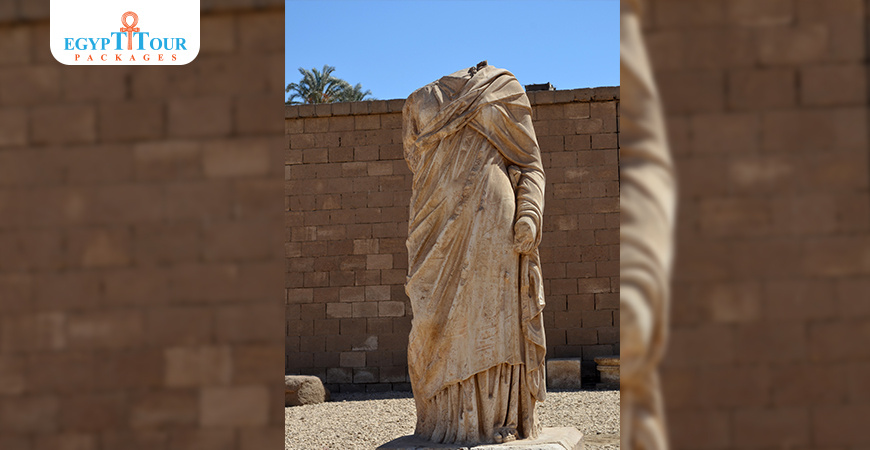
Post A Comment
Your Email Address Will Not Be Published.
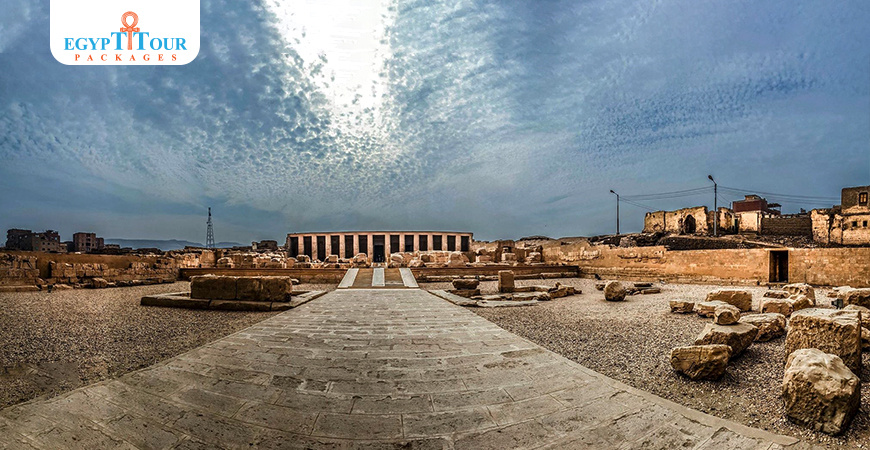


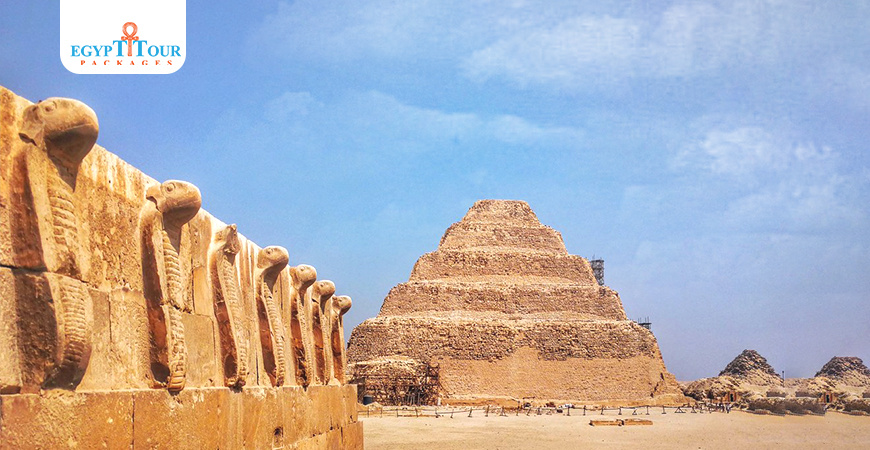







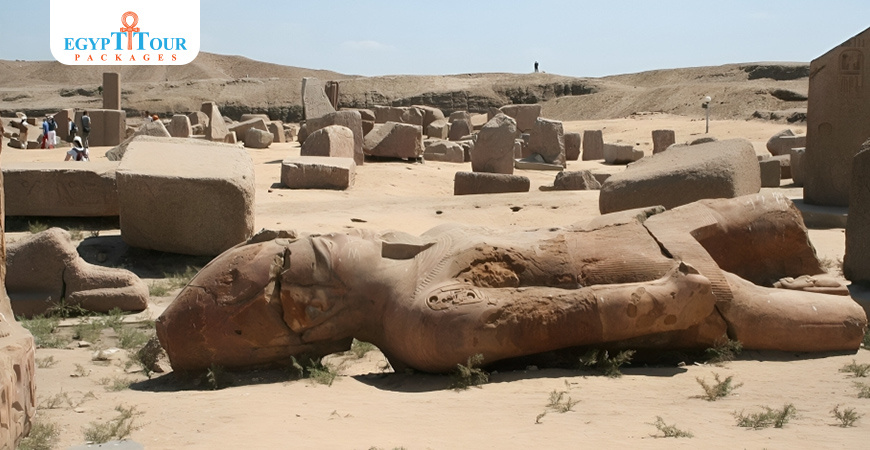


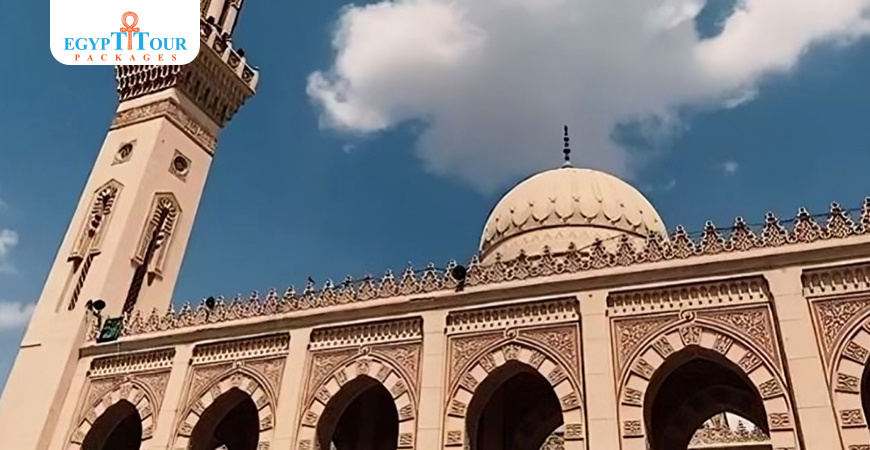


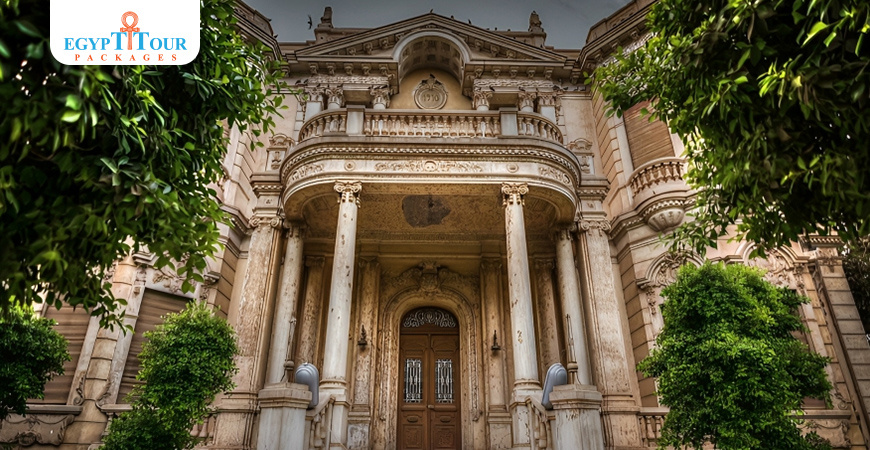
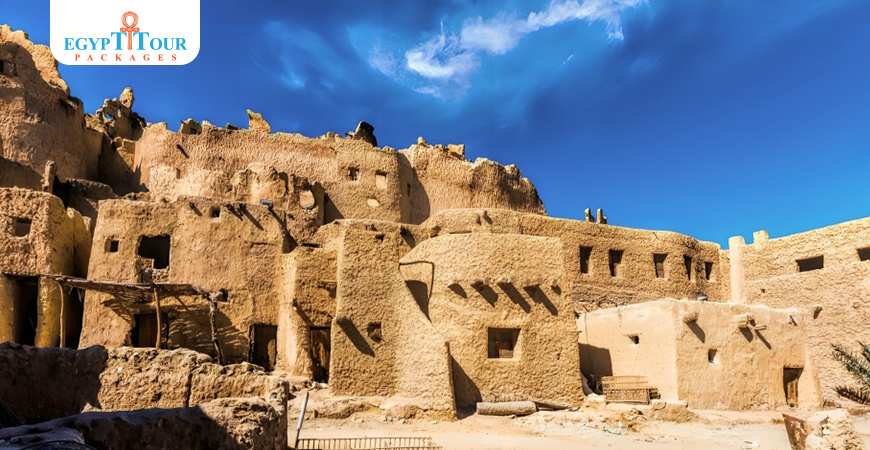
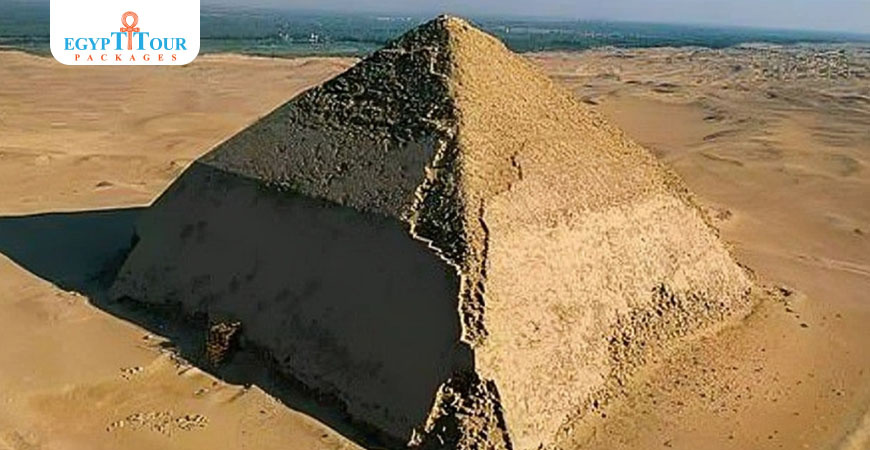
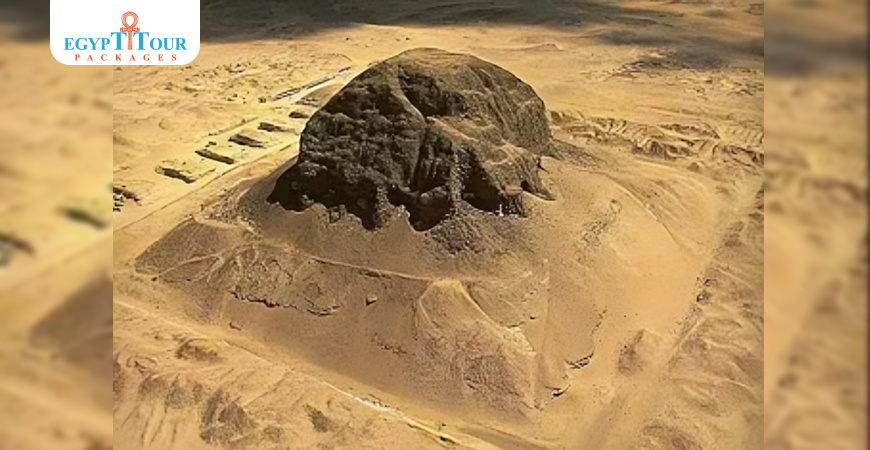
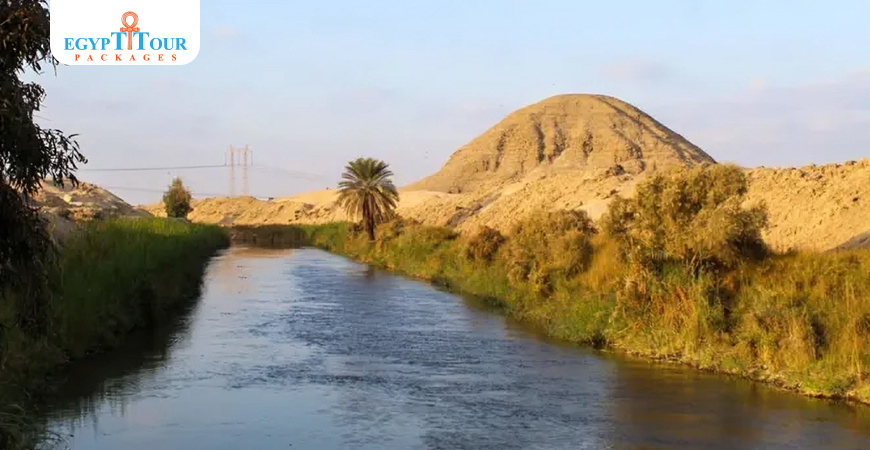
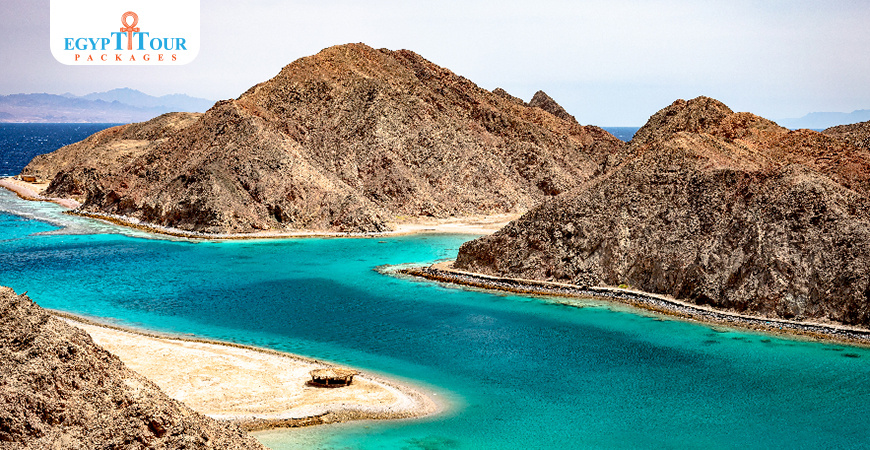
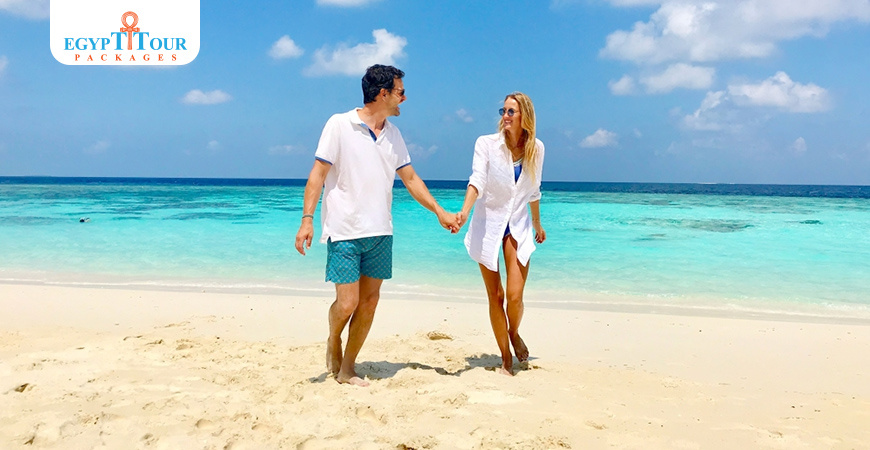
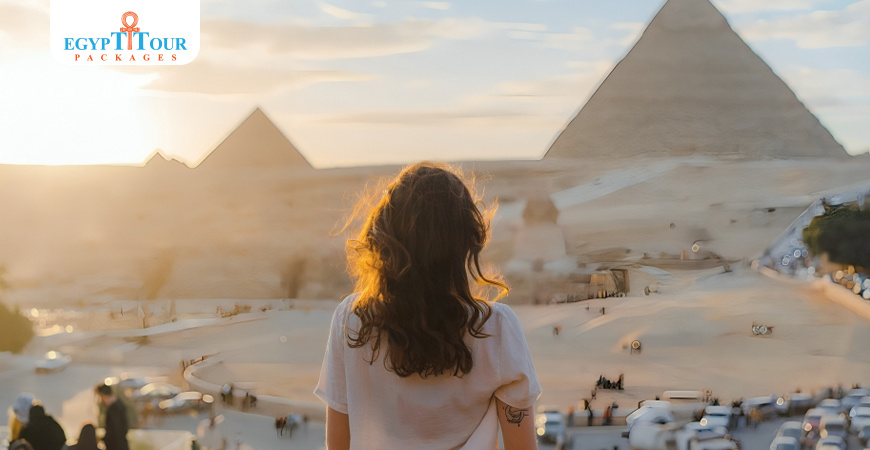
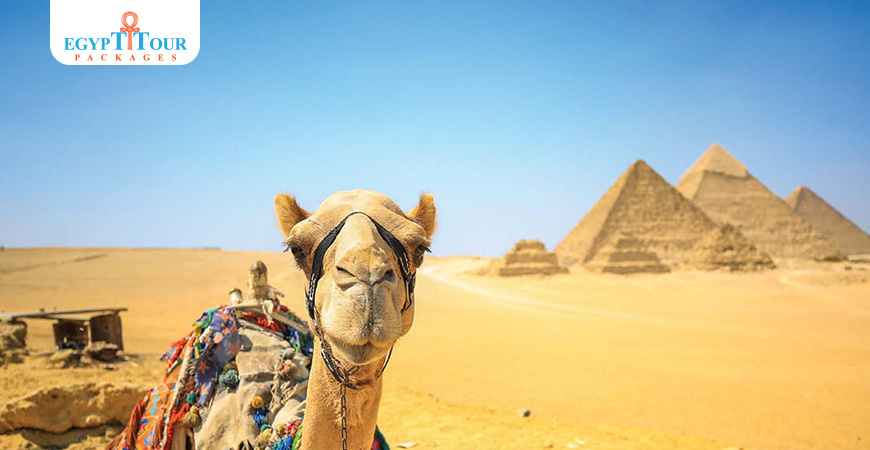











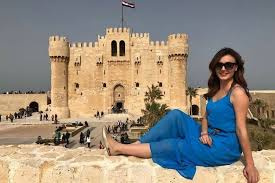

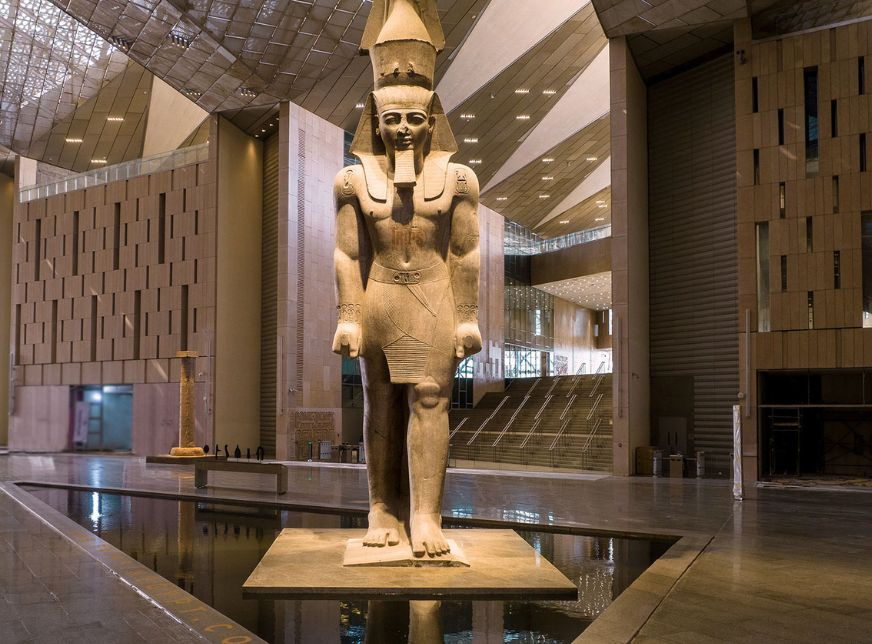

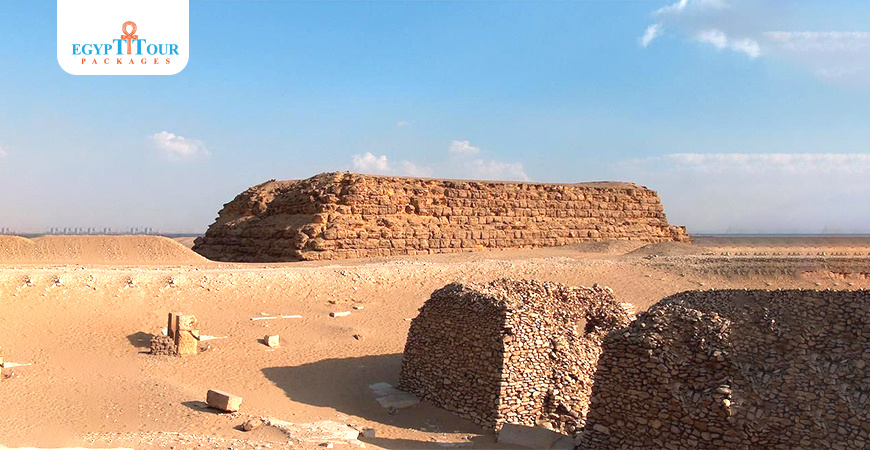

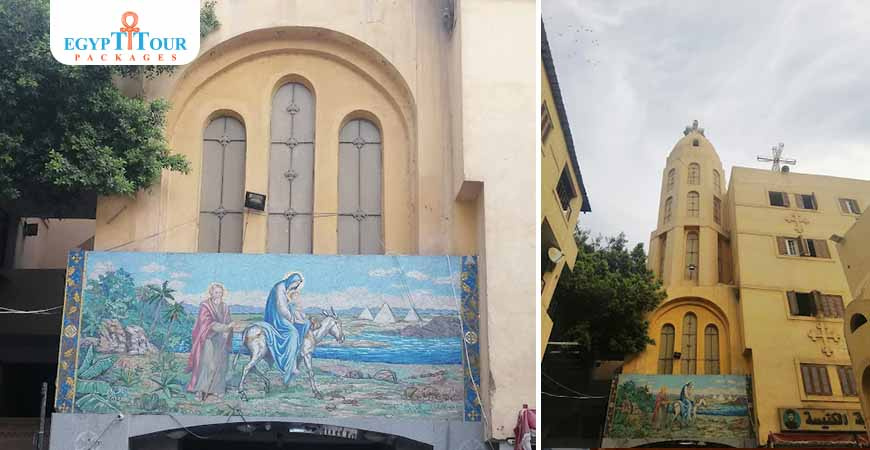


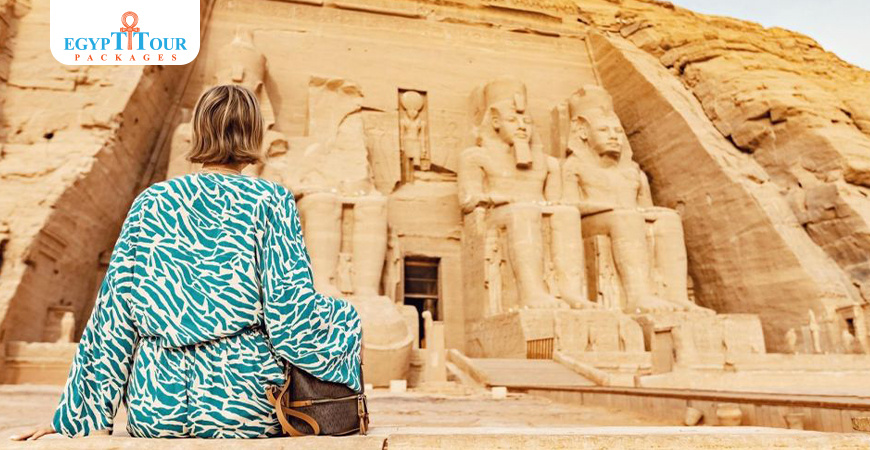
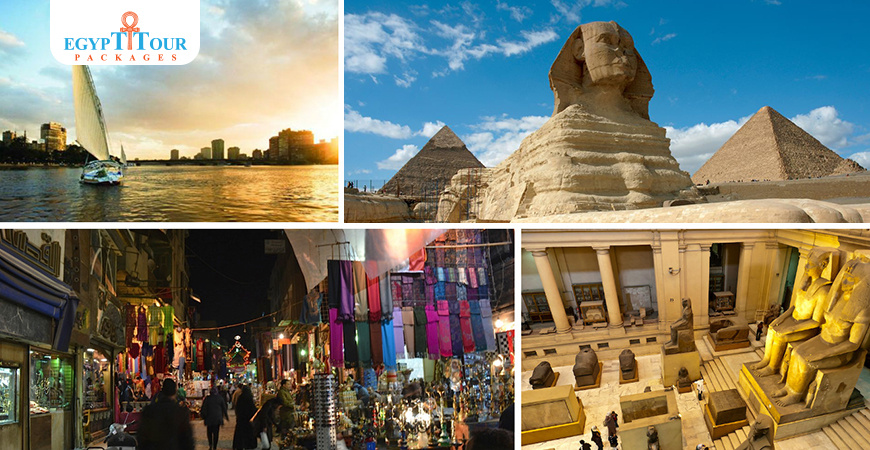
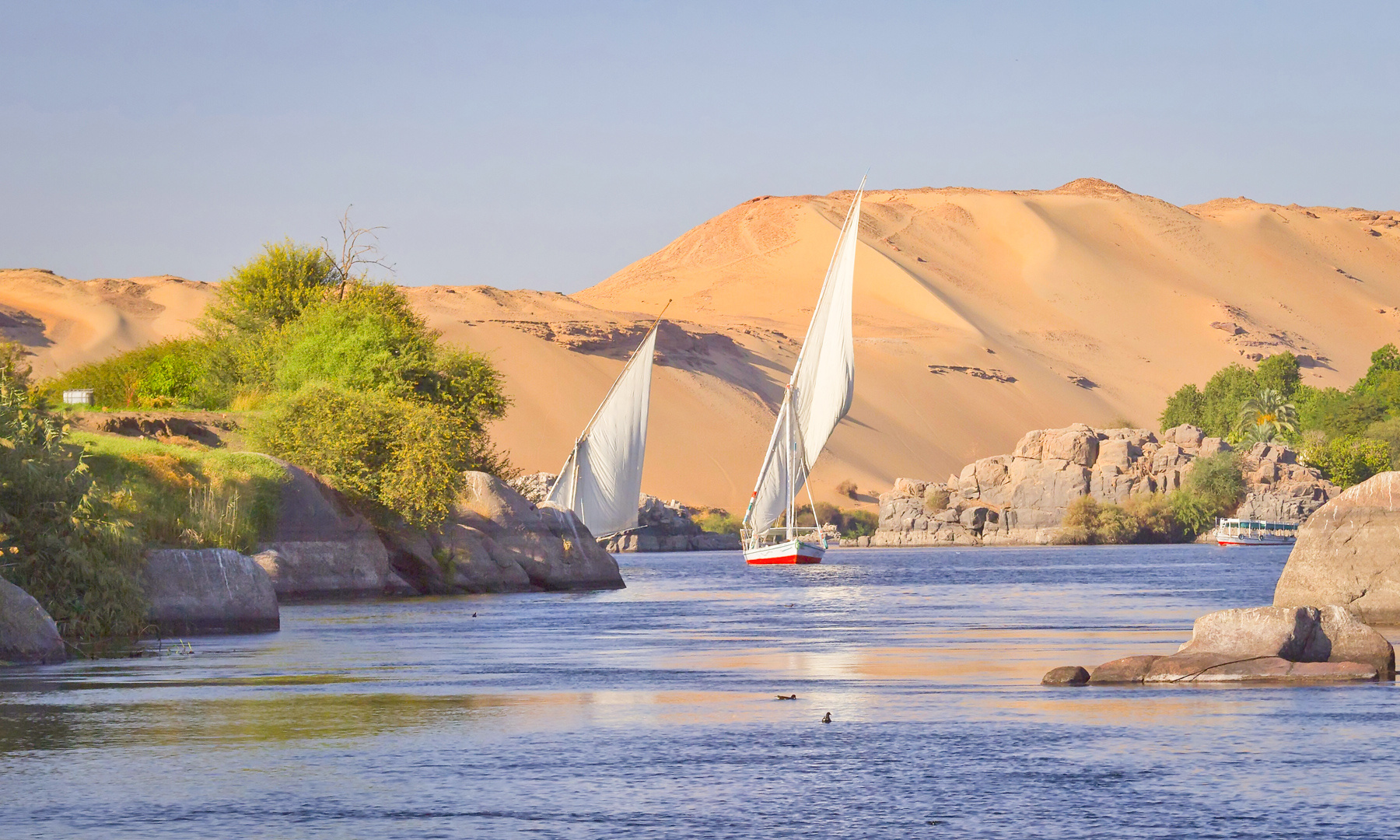


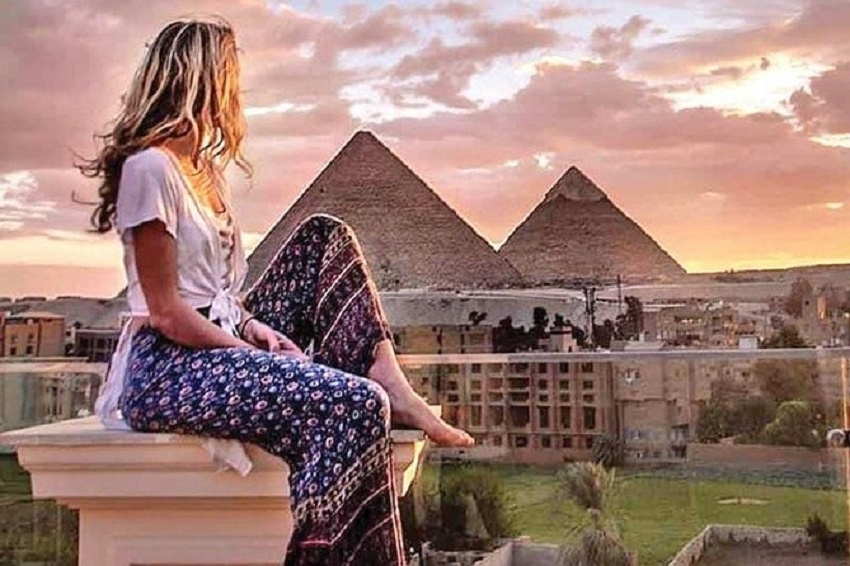
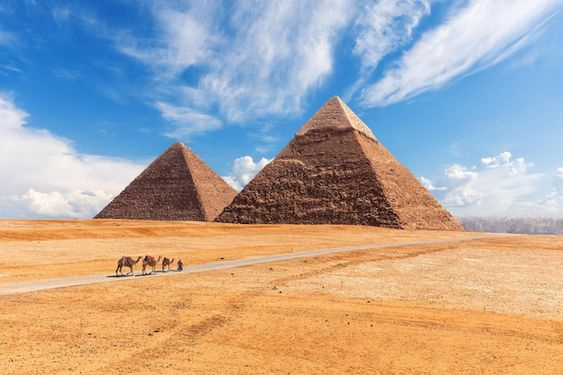
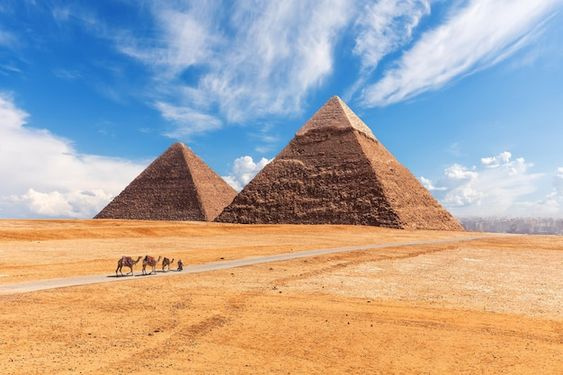
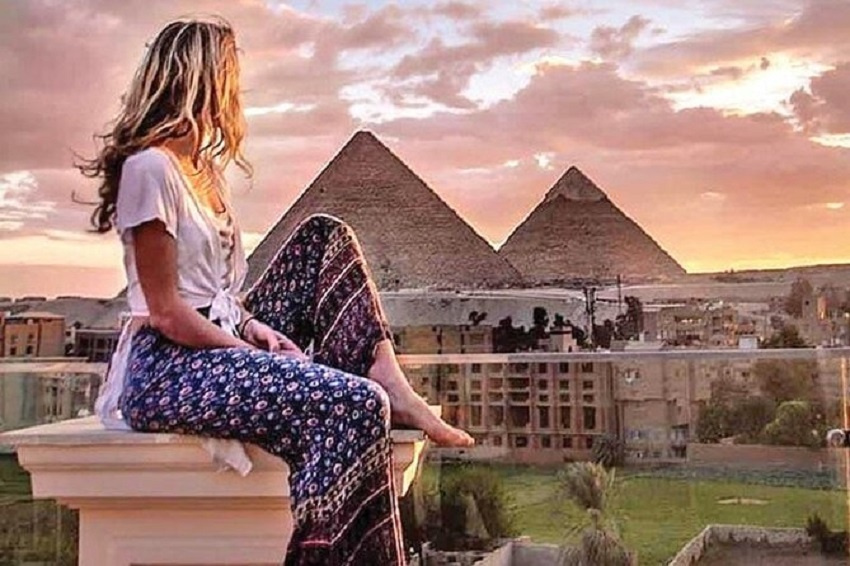

0 Comments